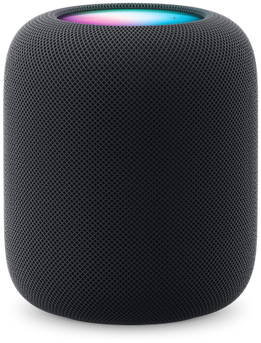Neuralink, Elon Musk's brain-chip company, has achieved a significant milestone with the successful implant of their brain chip in a human patient. This advancement brings us one step closer to a future where controlling devices with our minds could become a reality. The implanted device, known as a Brain-Computer Interface (BCI), can record and stimulate the electrical activity of neurons in the brain, allowing users to interact with external devices using their thoughts.
This breakthrough technology, consisting of a small chip and ultra-fine threads, is designed to seamlessly fit under the skin for wireless charging and two-way communication with external devices. The first human implant was recently performed on a volunteer patient, targeting a region of the brain responsible for movement. While the patient's identity remains confidential, Elon Musk is optimistic about the initial results, citing promising neuron spike detection. Neuralink's technology has the potential to transform the lives of individuals with neurological conditions such as paralysis, ALS, or stroke. By restoring lost abilities like movement, speech, or typing, BCIs could provide newfound independence and a higher quality of life for millions. Despite the promising advancements, the road to widespread adoption of brain-computer interfaces is filled with challenges and controversies. Concerns about safety, ethics, and risks have prompted scrutiny from lawmakers and regulatory bodies. Neuralink remains committed to their mission of achieving symbiosis between humans and artificial intelligence. Elon Musk envisions a future where BCIs not only assist individuals with disabilities but also enhance the cognitive and sensory capabilities of healthy individuals. As Neuralink continues to push the boundaries of brain-chip technology, it is essential to consider the profound implications of merging human minds with machines. While the potential benefits are exciting, it is crucial to proceed with caution, prioritizing ethical considerations and safety protocols. Whether one views Neuralink with anticipation or skepticism, it is undeniable that it has the power to reshape the future of human-computer interaction. As we navigate this emerging technology, it is vital to approach it with wisdom, responsibility, and a commitment to ethical stewardship.Unpacking Elon Musk's Neurolink Brain-Chip Surgery: The Future of Neurological Innovation
 7 months ago
1697
7 months ago
1697
- Homepage
- Technology
- Unpacking Elon Musk's Neurolink Brain-Chip Surgery: The Future of Neurological Innovation
Related
FlightAware Data Breach Exposes Users' Sensitive Information...
1 month ago
838
Former Google CEO Eric Schmidt's Insights on LLMs, AI Langua...
1 month ago
721
Apple's Innovative Smart Home Hub with Rotating Screen Set f...
1 month ago
789
Trending in United States of America
Popular
Nokia Reaches 5G Patent Agreement with Vivo After Lengthy Le...
7 months ago
26048
Apple's Upcoming Tablet Lineup: iPad Air to Introduce Two Si...
9 months ago
25976
Xiaomi's First Electric Car, the SU7 Sedan, Enters the EV Ma...
8 months ago
25364
The European Parliament's Bold Move to Combat Smartphone Add...
9 months ago
25312
Unveiling ChatGPT's New 'Memory' Feature Revolutionizing Use...
7 months ago
25212
© OriginSources 2024. All rights are reserved








 English (US)
English (US)